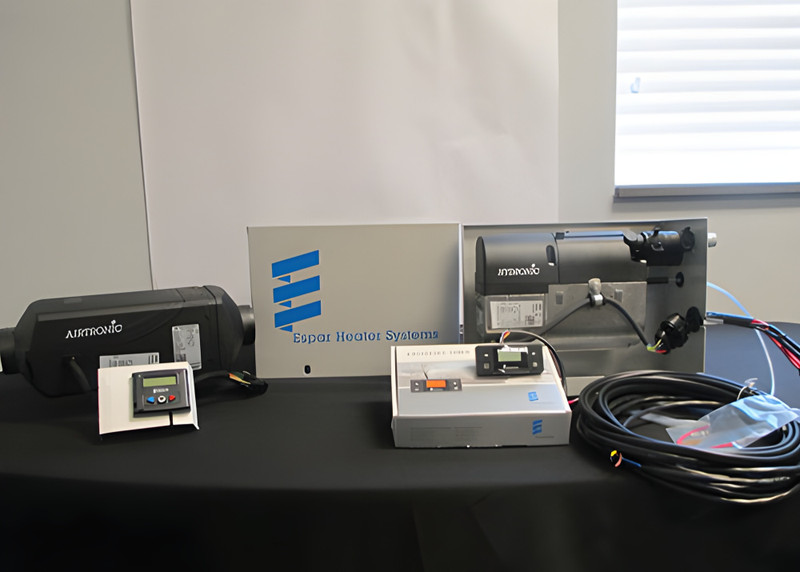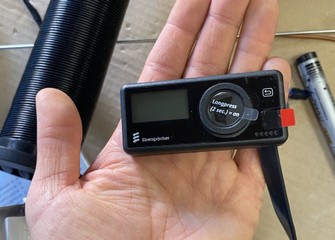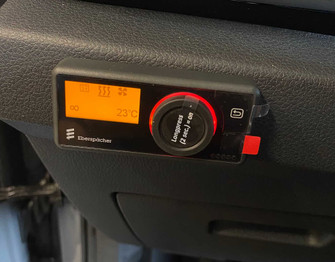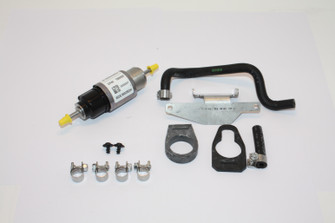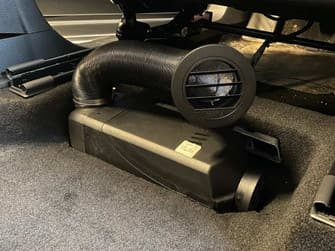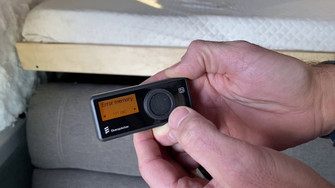Espar fuel system installation tips - Hydronic and Airtronic Systems
4th Mar 2020
Fuel System
Combustion heaters rely on a well installed fuel system to deliver the correct quantity of fuel into the combustion chamber. Fuel is drawn via a fuel pump, travels through the lines and eventually ends up in your heater’s combustion chamber to be ignited. In this post, we will try to go over the most common issues with fuel and fuel supply.
The Pulse
Espar / Eberspacher fuel pumps provide fuel by pushing it through the fuel line in small pulses. Generally, they push around 0.02ml of fuel per pulse. Fuel pumping is done by the electronic control unit (ECU), and each time the fuel pulses through the line you can hear a loud tick. Then the fuel is drawn by suction into the combustion chamber, where it vaporizes and is mixed with air from the combustion air intake.It is then ignited by the glow plug when it has reached the target temperature for combustion.
The Checks
To avoid problems with your fuel lines, you should check a few things before attempting to start the heater.

- Check that the fuel connections are secure and fit well around connectors / adapters / t-pieces, etc.
Not checking this thoroughly can lead to leaks. It is a little uncomfortable imagining the potential damage by a simple fuel leak. Prevent them.
- Make sure the pump is angled between 15° and 35° with the electrical connection on the top.
Incorrect orientation of the fuel pump will lead to air bubbles and potentially poor fuel and air mixture for combustion, which can lead to carbon deposits forming and reducing the life of your heater. Also ensure that the fuel pump is properly directed – there will be an arrow on the fuel pump itself showing which way the fuel needs to flow.
- Check that you have correct internal diameter of the fuel line
This ensures that fuel is delivered properly. Too wide of a fuel line may deliver too much air into the combustion chamber, which could prevent it from starting altogether. It may also deliver too much fuel and cause the heater to overheat too frequently, reducing the life of your heater. Too thin of a fuel line may deliver too little fuel for the combustion process to start, preventing your heater from starting with no visible faults.

- Fuel line lengths
Espar / Eberspacher heaters are precision engineered mechanisms. This means that there are certain specifications to meet when measuring the fuel line. Too long or too short a fuel line can deliver too much or not enough fuel. This can cause overheating, locking or smoking due to the heater not having enough fuel in the combustion chamber for the glow plug to ignite.
- Fuel line protection
Last but not least is the fuel line location and protection. Although this is not required, we advise you to give your fuel an extra layer of protection. There are various types of protective tubing available; all you need to do is pick one and install it.
It is also important to make sure the fuel lines are securely clipped away from any heat sources, sharp edges and moving parts to prevent a fuel leak.
